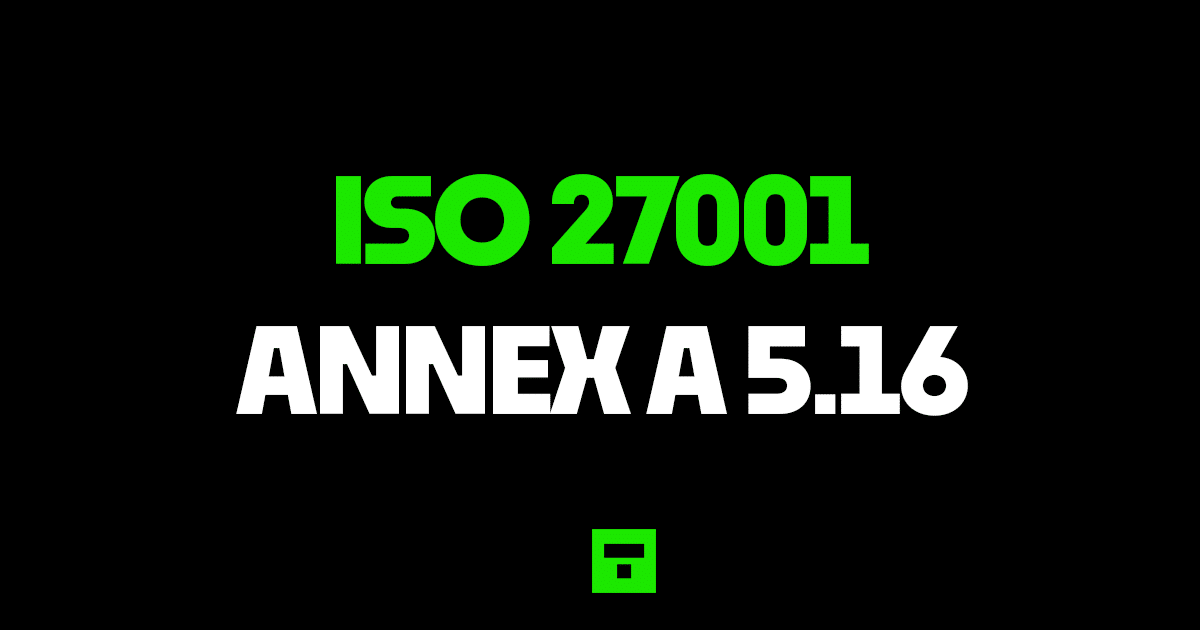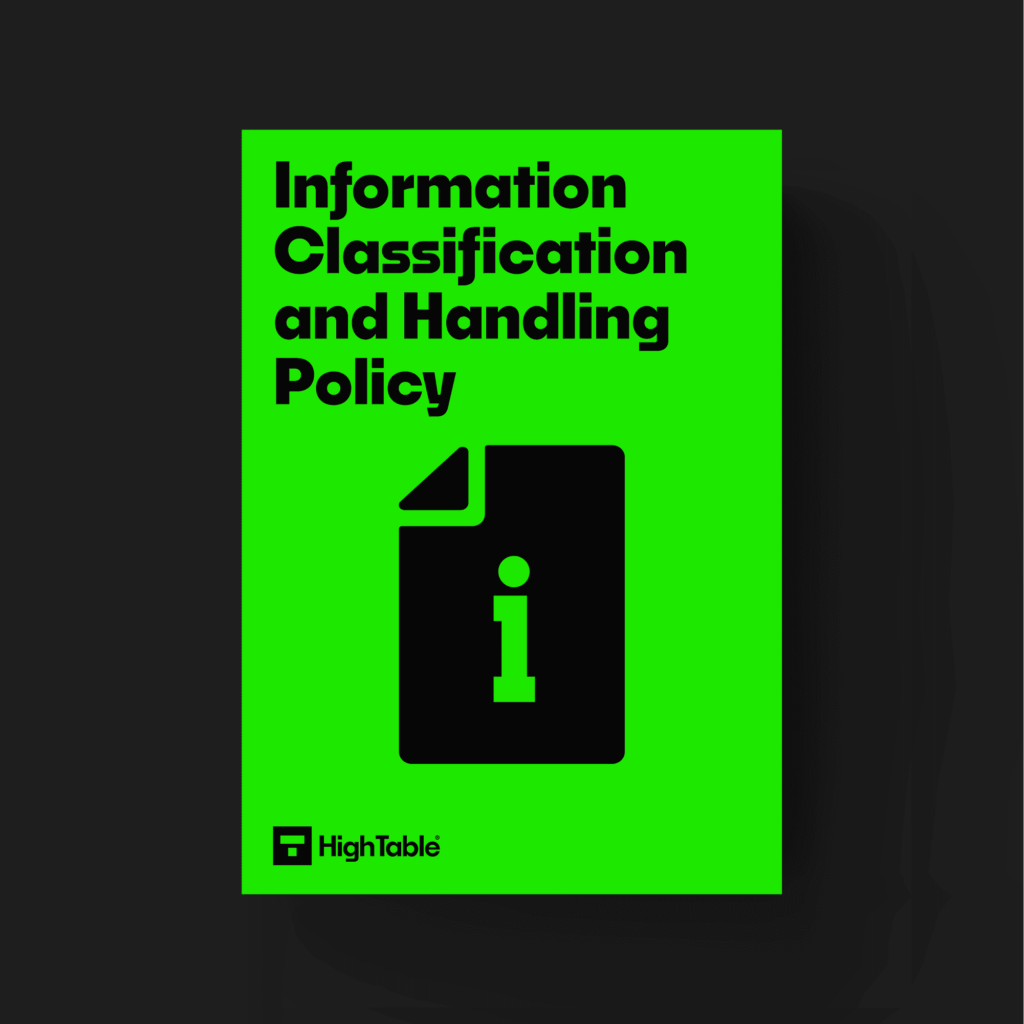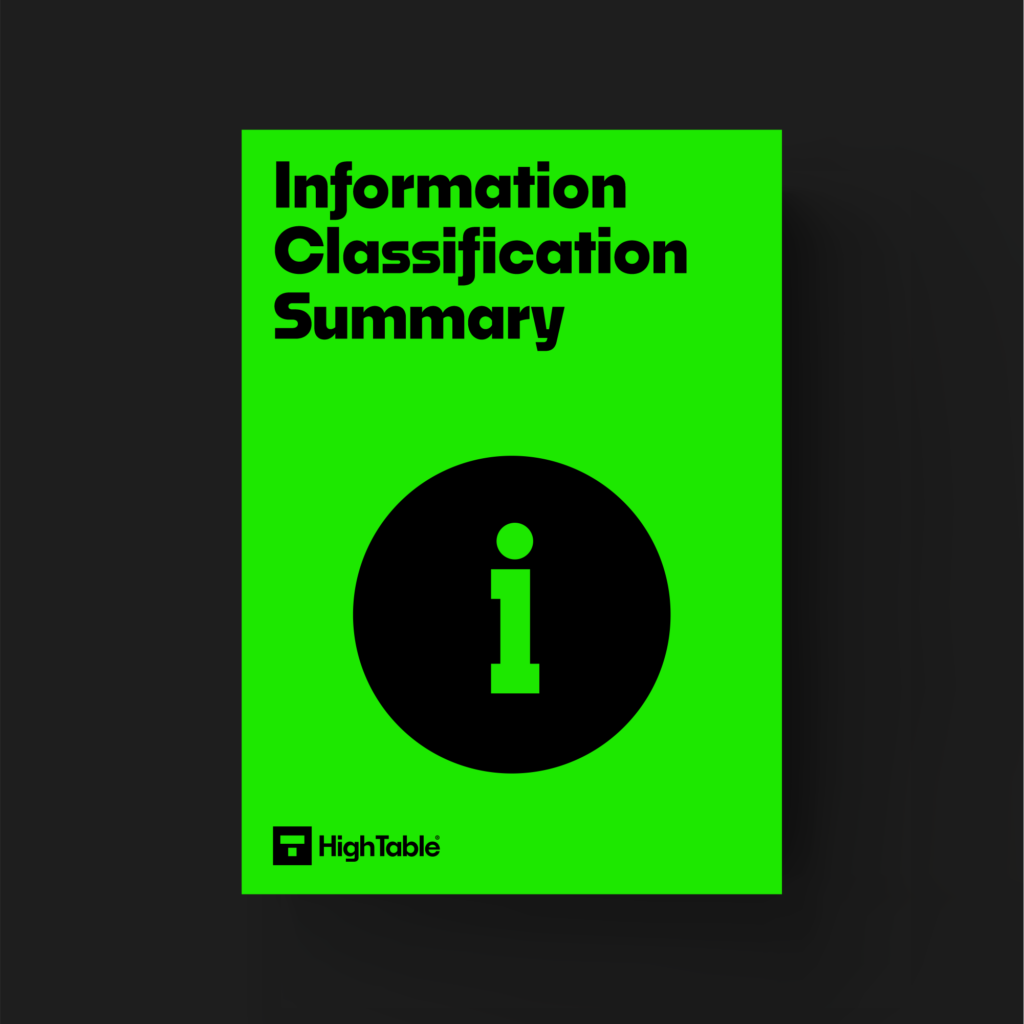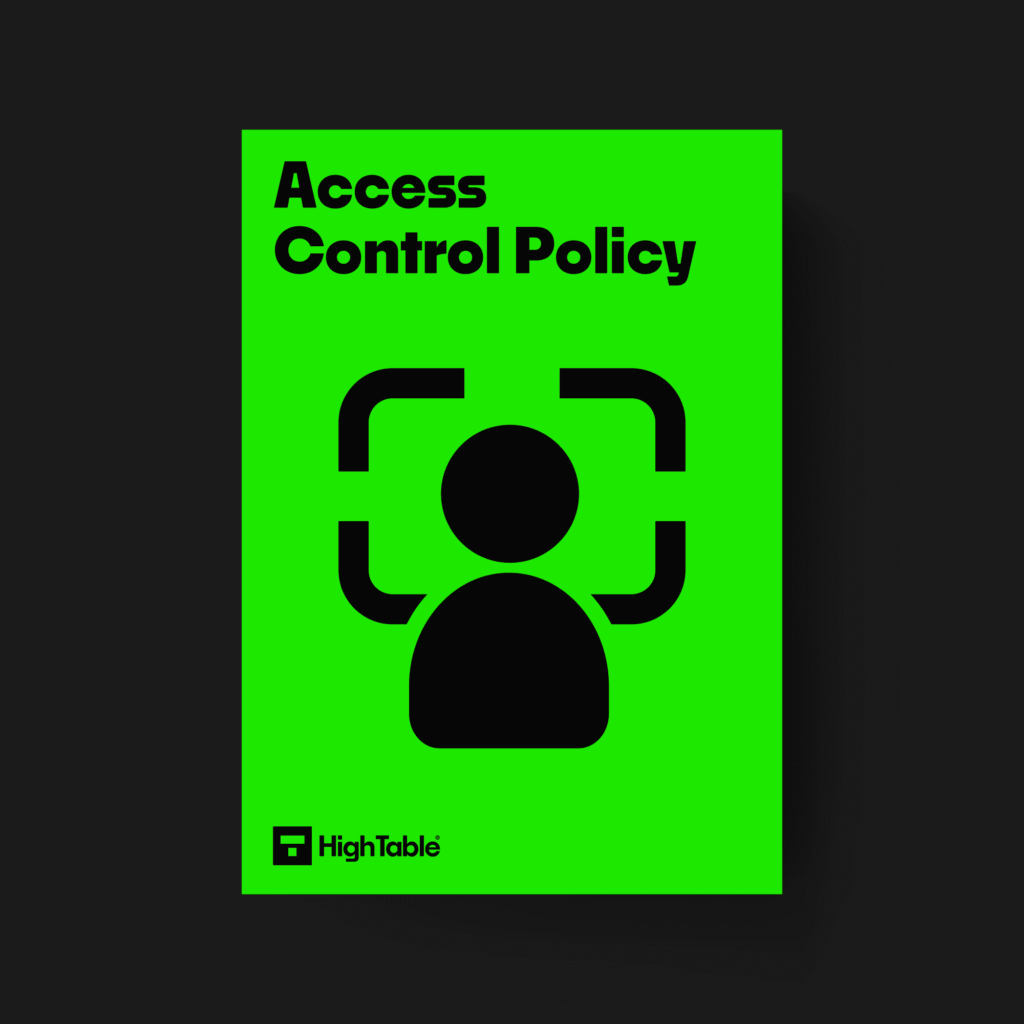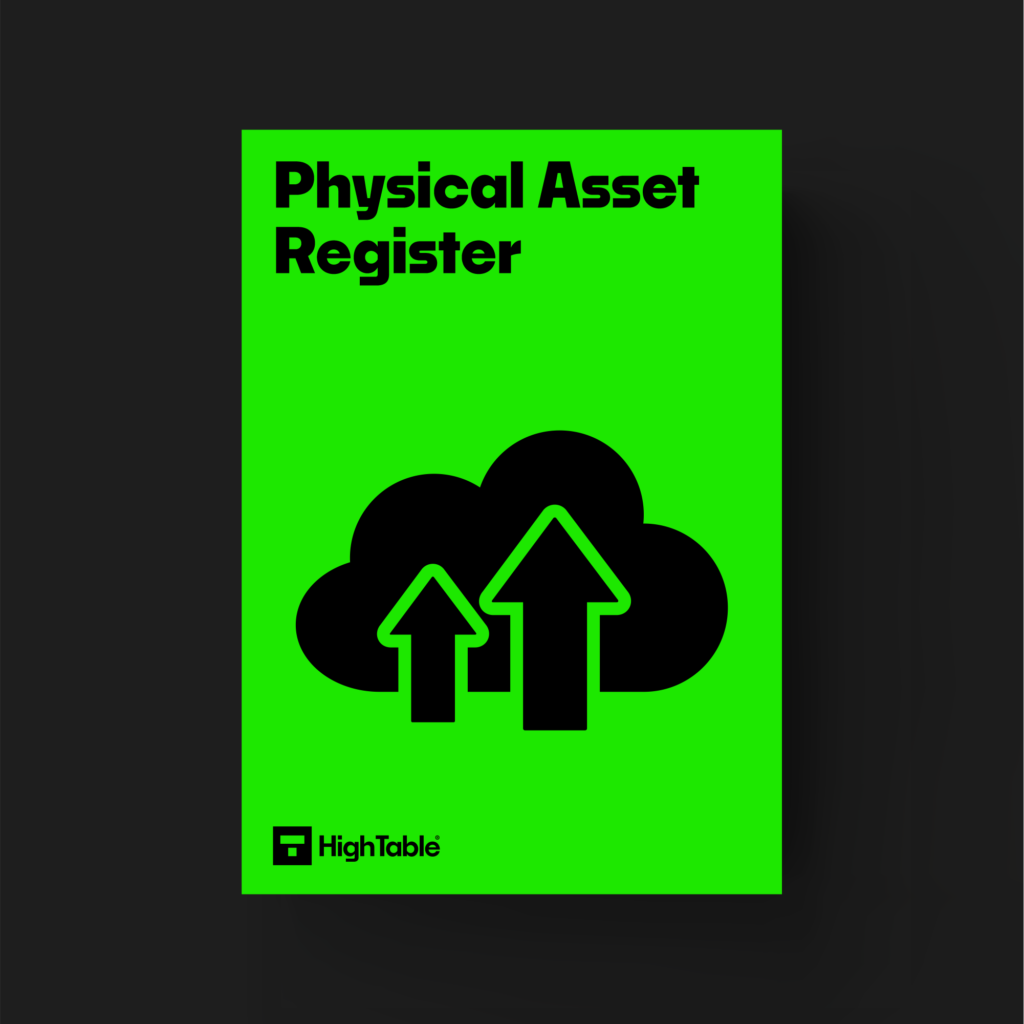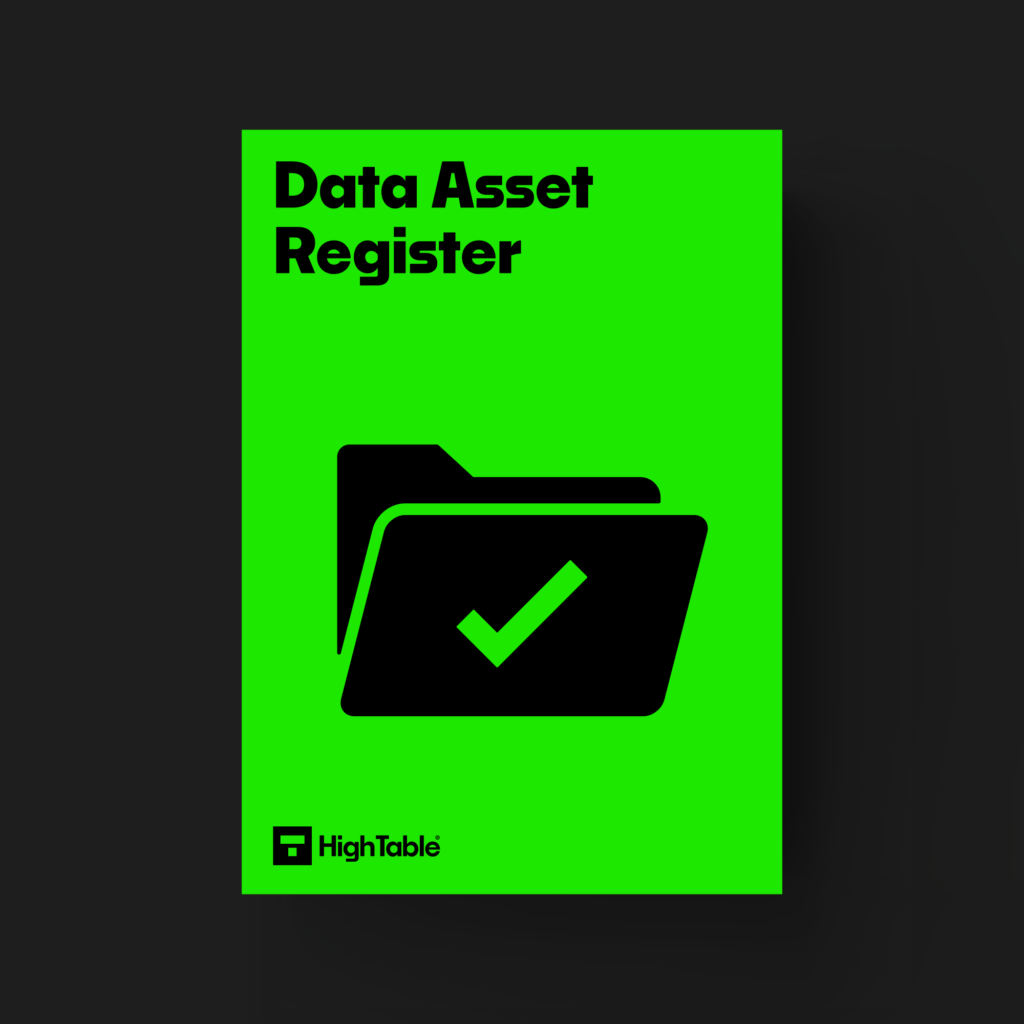Table of contents
- ISO 27001 Identity Management
- What is ISO 27001 Annex A 5.16 Identity Management?
- ISO 27001 Annex A 5.16 Implementation Guide
- Considerations when implementing identity management
- ISO 27001 Identity Management Templates
- How to comply with ISO 27001 Annex A 5.16
- How to pass an audit of ISO 27001 Annex A 5.16
- What will an audit check?
- Top 3 Mistakes People Make
- Why is ISO 27001 Identity Management Important?
- ISO 27001 Annex A 5.16 FAQ
- Matrix of controls and attribute values
ISO 27001 Identity Management
In this ultimate guide to ISO 27001 Annex A 5.16 Identity Management you will learn
- What is ISO 27001 Annex A 5.16
- How to implement ISO 27001 Annex A 5.16
I am Stuart Barker, the ISO 27001 Ninja and author of the Ultimate ISO 27001 Toolkit.
With over 30 years industry experience I will show you what’s new, give you ISO 27001 templates, show you examples, do a walkthrough and show you how to implement it for ISO 27001 certification
What is ISO 27001 Annex A 5.16 Identity Management?
ISO 27001 Annex A 5.16 Identity Management is an ISO 27001 control that requires an organisation to mange the full life cycle of identities.
Identities are the things that identify users, systems, services and are their virtual representation allowing access to data and resources. They can be managed, allocated and used to control, monitor and report on what people and systems do and are doing.
ISO 27001 Annex A 5.16 wants this to be managed. Which seems sensible.
ISO 27001 Annex A 5.16 Purpose
The purpose of ISO 27001 Annex A 5.16 is a preventive control that ensures the unique identification of individuals and systems accessing the organisations information and other associated assets and to enable appropriate assignment of access rights.
ISO 27001 Annex A 5.16 Definition
The ISO 27001 standard defines ISO 27001 Annex A 5.16 as:
The full lifecycle of identities should be managed.
ISO 27001:2022 Annex A 5.16 Identity Management
ISO 27001 Annex A 5.16 2022 Changes Summary
ISO 27001 Annex A 5.16 Identity Management is pretty much the same. It now looks at all identities rather than just user accounts to factor in the fact we can have system and service accounts.
I like that we have always worked to one user – one ID. I also like that the statement is absolutely valid and should be adopted but is redundant from the standards perspective as the standard now basically says, unless you can’t or don’t want to. If you need many people to use one account based on business or operational needs then the standard says its fine. It is nuanced but headline grabbing, sweeping statement wise, a nice pointless thing to mention in a standard as it adds no value.
ISO 27001 Annex A 5.16 Implementation Guide
Managing identities is a straightforward process and easy to get right. The steps involved are
Implement an approval process for creating or revoking identities
You will want a process that covers the approval for the creating, revoking and deletion of identities. Think in terms of user accounts and system accounts. We cannot go around creating these willy nilly, allowing them to do what ever they like and then forgetting about them. Your process can be simple but the driving principle is the person making the request cannot be the person that approves it. This is part of segregation of duty and clearly, hopefully, is common sense. What ever the process is in terms of the technology that implements it, you should maintain and audit trail of the approvals. An example would be keeping copies of the email exchange, or the tickets that were raised in a ticketing system.
Consider perhaps that your processes may vary slightly or be tightened up a little in certain circumstances. Examples of this would be where third parties require accounts or identities to be created. Also an example would be super user and administrative identities.
Confirm the business requirement for creating an identity
It is important to understand why you are creating an account or an identity. It will allow the person approving it to understand what and why they are approving as well as allow you to maintain some level of control in the technological Wild West that you no doubt have in place.
Particular attention should be given to admin accounts or accounts that have special powers. Not like superman. But like the kind that can cause significant harm or access everything.
Verify the identity of an entity before creating the virtual representation
The standard doesn’t give much guidance on this and clearly it is going to be hard if not impossible to do for non human identities. It is a hang over from when they only worried about user accounts so they kept it. It does make sense for users and people so as part of the approval process, or for the human that requires the identity, verifying who they are and that they are who they say they are makes senses. There is a lot of phishing attempts made to get people to do things they would not normally do, including creating accounts, that bad guys then use to do you harm. I am not saying check passports and photo id but I am saying be sensible and do some level of check to satisfy yourself the person is who they say they are. Use common sense. If you get a request and it doesn’t feel right no one minds if you pick up the phone to check or ask their boss / others for extra verification.
Create the identity
This really should be done by someone that knows what they are doing. The identity is going to be used to access ‘stuff’ so it is probably a good idea at this stage to create the record of the identity and who it was assigned to.
Configure the identity and activate it
Again, this should be done by someone that knows what they are doing. It is easy to create accounts and identities but you really should have experience to understand what you have created and how to configure in a way that meets the approved request and the needs of the business rather than what ever the default system identity. Defaults are defaults and not designed to meet your specific needs.
It goes without saying – DO NOT USE DEFAULT IDENTITY PASSWORDS.
Did that really need saying? You would be surprised.
It is easy to Google what the default identities and passwords are for systems. Way too easy.
Considerations when implementing identity management
Let us take a look at considerations when defining and implementing identity management
One person one id
Where an identity is assigned to a human then it should be unique to that human so we know what that human did if things go wrong and we can control what the human has access to and can do.
Many persons one ID
The standard and common sense wants one human to one ID but it does allow for many people using one ID where they are required for business, operational needs and have appropriate documentation. Which makes one person one ID redundant as a rule really, as if you need it this way then you can have it. I guess that is why we are calling it guidance. Have one human to one ID where you can. Thanks.
Non Human IDs
As in the implementation guide above you will want an approval process for system and non human identities. You will also want some level of oversight of them. There is no guidance in the standard on what this means so I recommend having a periodic ( monthly perhaps ) review of all service accounts to make sure they are needed still and perhaps alternating with a check on the configuration of the ID and what it can do.
Remove old IDs
You have a starter, leaver, mover process hopefully where HR will inform your process that someone has left so you can remove the ID. If you haven’t then you should. You will also have regular access reviews where you are checking who and what has access to what so you can mop up where the HR process has failed.
You can only call something one name
The standard doesn’t want you calling entities by different names with different names mapped. If your entity / server / laptop or what ever is called Brian then it is called Brian. It isn’t called Brian by IT but Anna by HR.
Log Stuff
The standard wants records of significant events on the use and management of identities and for that to be kept. This is actually a powerful statement and was a clause in its own right but logging and monitoring of identities and administrative actions is a must. It is just up to you to decide what ‘significant’ means. I would not get carried away logging everything as you will never look at it but consult the norm for the systems you are using and think about things like
- failed log on attempts
- account creating
- account deletion
Identity Management Principle
The principles on identity management are One User to One ID.
Stop Spanking £10,000s on consultants and ISMS Online tools.

ISO 27001 Identity Management Templates
There are a number of individual topic specific ISO 27001 policies that can help you with your ISO 27001 implementation. In addition the complete ISO 27001 Templates Toolkit includes all of them and more to fast track your do it yourself ISO 27001 certification.
How to comply with ISO 27001 Annex A 5.16
To comply with ISO 27001 Annex A 5.16 you are going to implement the ‘how’ to the ‘what’ the control is expecting. In short measure you are going to
- Implement a process for creating, updating and removing IDs
- Implement an approval process
- Include business case / justification in the approval process
- Have a HR leaver process that removes user IDS
- Regularly review accounts and identities
- Log and monitor activity
How to pass an audit of ISO 27001 Annex A 5.16
To pass an audit of ISO 27001 Annex A 5.16 you are going to make sure that you have followed the steps above in how to comply.
You are going to do that by first conducting an internal audit, following the How to Conduct an ISO 27001 Internal Audit Guide.
What will an audit check?
The audit is going to check a number of areas. Lets go through the most common
1. That you have not done something stupid
The auditor is going to check the rules, procedures and access control methodology and make sure you followed them. As with everything having documented evidence of anything you can is going to be your friend. So practical things like asset registers, access control procedures that you can evidence are in operation, reviews of access. Work through recent hires for example and ensure the processes were followed and look for the gotchas. Is there an approval audit trail. When you log into the system that was approved does the users access match what was requested.
The easiest win for an auditor is get you to show them the admin accounts on what ever system you are using and then explain the accounts that are in the admin group. 9 out of 10 times there are admin accounts in here you forgot about, are for people that left or you are unsure yourself what the account is. Instant problem. Check now.
2. That you have rules, processes and you have followed them and have trained people
This is obvious but they are going to look that you have documented what you say you do, that you follow it and that you have trained people. The biggest gotcha here is having people with accounts that have left. In other words you didn’t have or follow a leaver process and so people’s access remain even though their contract has ended.
3. Documentation
They are going to look at audit trails and all your documentation and see that is classified and labelled. All the documents that you show them, as a minimum if they are confidential should be labelled as such. Is the document up to date. Has it been reviewed in the last 12 months. Does the version control match. Doing anything else would be a massive own goal.
Top 3 Mistakes People Make
The top 3 Mistakes People Make For ISO 27001 Annex A 5.16 are
1. People have left but they still have an account
Make sure that access to systems is up to date and that people or third parties that have left no longer have access or accounts.
2. Third parties have open access and account they do not need
Third parties should follow process and the process should be to grant access to them when the access required and remove it when it is not. It should not be open and continual access. Consider the example where you need a third party to fix something. You would grant access to allow the fix and then remove it. You would not have open ended access granted.
3. Your document and version control is wrong
Keeping your document version control up to date, making sure that version numbers match where used, having a review evidenced in the last 12 months, having documents that have no comments in are all good practices.
Why is ISO 27001 Identity Management Important?
ISO 27001 Annex A 5.16 Identity Management is important because you are trying to protect things and a primary way to protect them is to restrict access. To grant access you need something to have the access. This is the identity / account. We then want to be able to say with certainty that actions performed by that identity / account were done by a specific individual. This only really gets super spicy when things go wrong. When things go wrong and we want to blame someone we have to find out who to blame and be sure beyond a shadow of a doubt that when we unleash both barrels of HR hell on their ass that it is definitely, without question, them. More than that is criminal investigations where it is even more important. We want this to be right. If someone commits fraud or a criminal act with your account or a shared account that implicates you how would you feel? Awkward at best. Maybe miffed.
ISO 27001 Annex A 5.16 FAQ
For ISO 27001 Annex A 5.16 Access Control you will need the ISO 27001 Access Control Policy
There are templates for ISO 27001 Annex A 5.16 located in the ISO 27001 Toolkit.
ISO 27001 Annex A 5.16 Sample PDF in the ISO 27001 Toolkit.
Yes. Whilst the ISO 27001 Annex A clauses are for consideration to be included in your Statement of Applicability there is no reason we can think of that would allow you to exclude ISO 27001 Annex A 5.16. Identity Management is a fundamental part of your control framework and any management system. It is explicitly required for ISO 27001.
Yes. You can write the policies for ISO 27001 Annex A 5.16 yourself. You will need a copy of the standard and approximately 5 days of time to do it. It would be advantageous to have a background in information security management systems. There are a number of documents you will require as well as the policy for identity management. Alternatively you can download them in the ISO 27001 Toolkit.
ISO 27001 templates for ISO 27001 Annex A 5.16 are located in the ISO 27001 Toolkit.
ISO 27001 Annex A 5.16 is hard. The documentation required is extensive. We would recommend templates to fast track your implementation.
ISO 27001 Annex A 5.16 will take approximately 1 to 3 month to complete if you are starting from nothing and doing a full implementation. With the right risk management approach and an ISO 27001 Template Toolkit it should take you less than 1 day.
The cost of ISO 27001 Annex A 5.16 will depend how you go about it. If you do it yourself it will be free but will take you about 1 to 3 months so the cost is lost opportunity cost as you tie up resource doing something that can easily be downloaded and managed via risk management.
The principles on identity management is one user to one identity where possible. You should avoid multiple users using the same account.
Yes, there is an online ISO 27001 at ISO 27001 Online.
Matrix of controls and attribute values
| Control type | Information security properties | Cybersecurity concepts | Operational capabilities | Security domains |
|---|---|---|---|---|
| Preventive | Confidentiality | Protect | Identity and access management | Protection |
| Integrity | ||||
| Availability |

